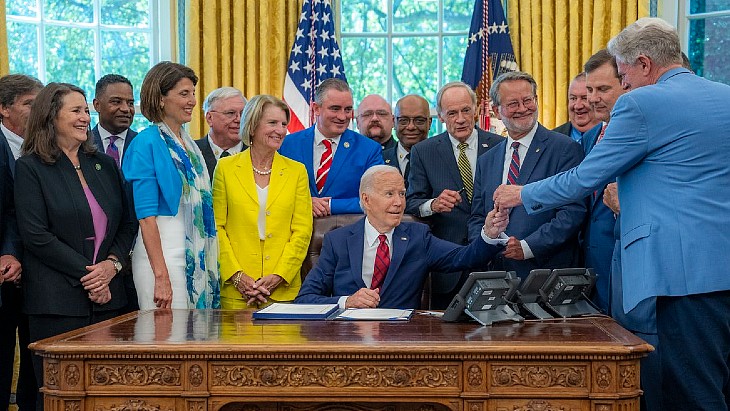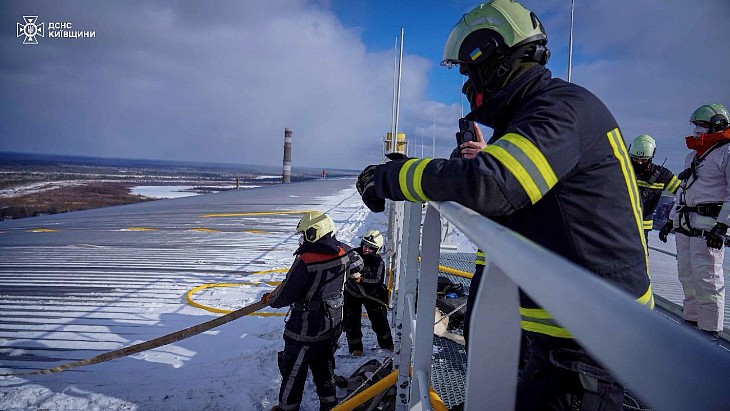UK nuclear regulator assesses preparedness for climate change
.jpg)
The Chief Nuclear Inspector's (CNI's) themed inspections were introduced by the ONR in 2017 and are designed to examine regulatory matters that are strategic or broader in nature than its more routine regulatory inspection activities. They also raise awareness of important issues and highlight ONR's regulatory activities and expectations to a wider audience, in addition to the nuclear industry.
Last year, the ONR asked site operators to complete a self-assessment questionnaire on their arrangements and resilience in relation to climate change effects. This stage aimed to understand the approach currently adopted by licensees for consideration of climate change in safety cases, including climate change projections used to define the design basis for external hazards affected by climate change.
It has now selected five sites - Heysham 2, Sizewell B, Sellafield, Dounreay and the Atomic Weapons Establishment (Aldermaston and Burghfield) - to be taken forward to the inspection stage.
"These five sites provide a cross-section of the industry and selections have been based on factors including site lifetimes, safety significance and opportunities for learning," the ONR noted.
The inspections will take place between April and December.
The ONR said the focus will be on how sites are considering climate change in their hazard definitions and arrangements, the types of external hazards affected by climate change that pose the biggest challenge to nuclear facilities, and longer-term considerations of climate change in view of potential uncertainties with climate science evolution.
Once the site-based regulatory inspections are completed, the CNI themed inspection report on climate change will be published, detailing the conclusions and findings.
"It is essential that nuclear licensed sites remain safe and secure against the effects of climate change and that all reasonably-foreseeable impacts of climate change over the lifetime of a facility should be taken into account," said Nuclear Safety Inspector Alexandra Edey. "We look forward to entering this next important stage of the CNI themed inspection to gain first-hand insight of the industry's ongoing plans to adapt and mitigate for future climate change challenges."
International discussions
Last month, the ONR hosted a meeting with the French Nuclear Safety Authority (ASN), the Dutch Authority for Nuclear Safety and Radiation Protection (ANVS), and Belgium's Federal Agency for Nuclear Control (FANC) to discuss the implications of climate change on the nuclear sector.
The meeting provided opportunities to share learning and discuss how each regulator considers climate change when regulating their industries.
"Given the environmental similarities between the four nations, it is considered that there is significant benefit in sharing expectations and regulatory approaches, and comparing the maturity of the respective countries' preparedness to withstand the potential consequences of climate change," the ONR said. "Aligning with national and international guidance, standards and good practice is vital for the effective regulation of climate change at each stage of a nuclear site's lifecycle."
ONR's Executive Director of Regulation, Donald Urquhart, said: "This was an important meeting with our counterparts in France, Belgium and the Netherlands for progressive discussions about regulating effectively in the face of climate change and protecting the nuclear industry from its potentially adverse effects.
"Sharing experiences and growing our international networks to collaborate on this global issue is essential in preparing the nuclear industry for the effects of climate change."










_88592.jpg)

